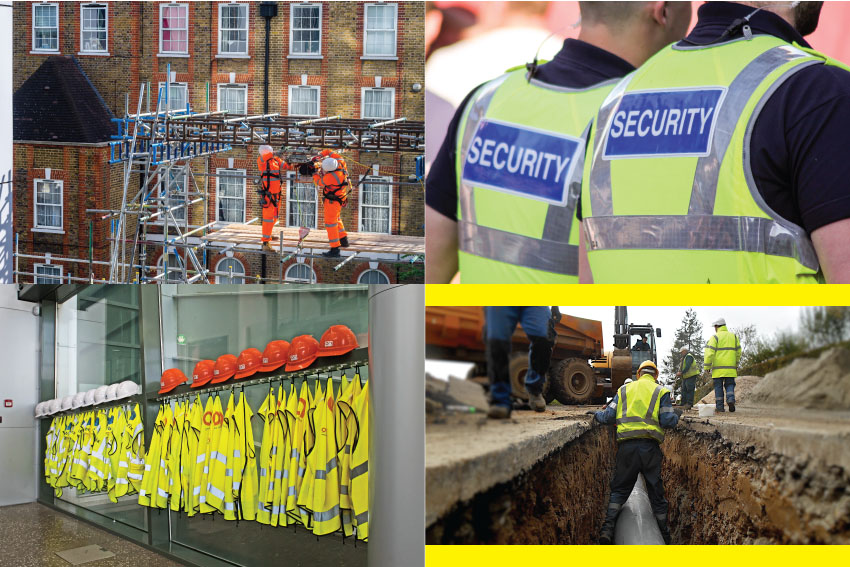
Ladders are often overlooked as a risk because of how commonly they’re used, but in fact, it’s incredibly common to find yourself with an injury because of using one.
Falls from a height, including ladder fall injuries, are the most common cause of fatal injury at work in the UK. In the UK alone, there were 29 fatalities as a result of falling from a ladder in 2021/22. The number of ladder deaths per year worldwide, however, has been as high as 300 in recent years.
More...

You might think that a safety vest is just a safety vest, and that it doesn’t matter which one you wear. However, that’s not the case - there are actually three different types of safety vests. Each of the three classes of safety vests looks different and is required to be worn in different circumstances.
In this blog post, we’ll dive into the different classes of safety vests, what they mean, and when they should be worn.
More...

Electricity plays a vital role in modern life. From transportation to entertainment, electricity is the driving force behind many industries. Unfortunately, mishandling of high voltage electrical equipment can often result in serious injury, structural damage and even death.
Every year, the HSE receives reports of around 1,000 accidents involving electric shocks or burns. An average of 30 of these are unfortunately fatal. This highlights a great demand for electricity warning symbols in the workplace.
In this post, we explain the importance of electrical warning signs, what the various symbols mean, and how employers can prevent injury to their workers.
More...

Labels and signage are everywhere in both our everyday lives and professional environments. Whether it's in residences, offices, stores, warehouses, or various other facilities, thermal labels are an indispensable tool across a diverse spectrum of industries, including transportation and logistics, retail, healthcare, and food traceability.
If you're seeking top-quality, cost-effective labels that are durable (via thermal transfer) or well-suited for applications with limited shelf life (via direct thermal), then thermal printing emerges as an excellent choice.
Keep on reading to discover more about what thermal labels are, the different types and how to know which type of thermal label is right for you.
More...

In an era where sustainable energy sources are gaining paramount importance, wind turbines stand tall as iconic symbols of clean and renewable power generation. These towering giants harness the relentless power of the wind to produce electricity, contributing significantly to the reduction of greenhouse gas emissions and our dependence on fossil fuels. But have you ever wondered how these colossal structures actually work, or what it takes to ensure their safety and efficiency?
In this blog, we'll inform you of the inner workings of wind turbines, exploring the science behind their energy conversion, as well as the critical measures needed to keep them safe, productive, and environmentally friendly.
More...